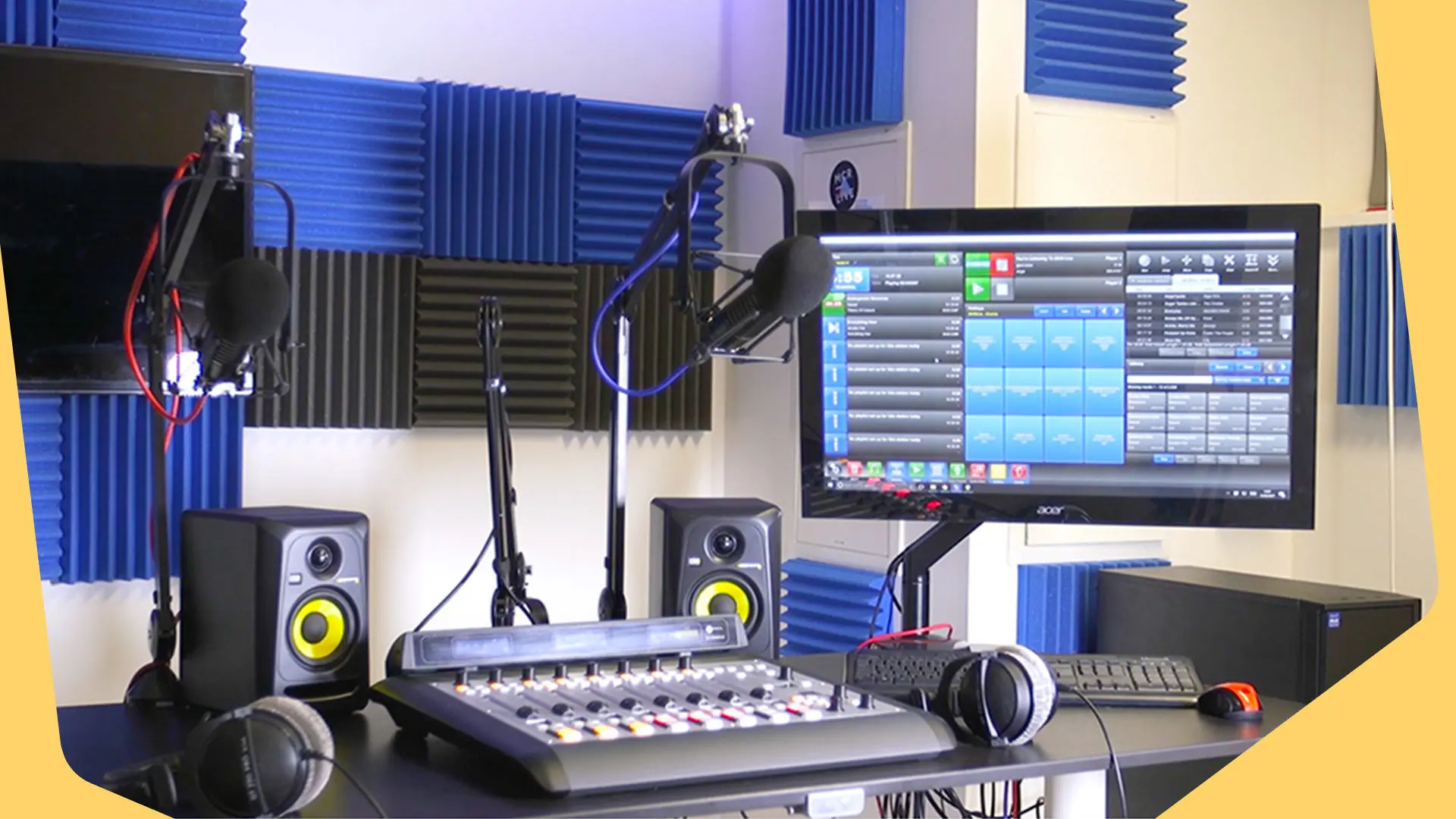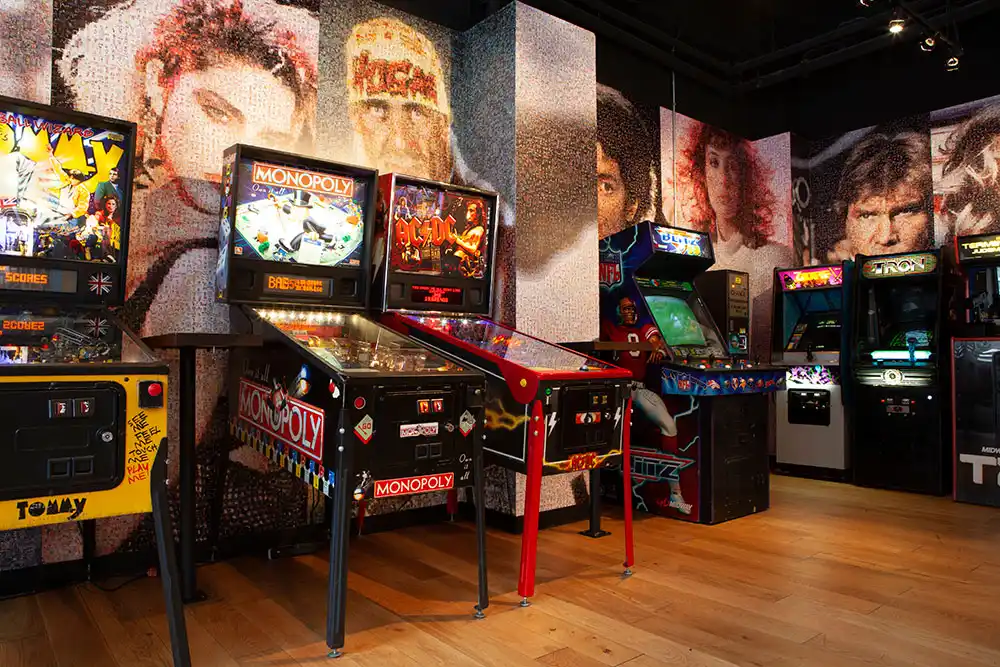Creating a harmonious space is essential for providing a sense of balance and well-being in our lives. Music has long been considered a powerful tool for inducing relaxation and enhancing mood, and it can also be used to inspire the design of our living spaces. Music-influenced design is a concept that integrates the principles of music into interior design, creating spaces that are not only aesthetically pleasing but also promote a sense of harmony and balance.
The elements of music-influenced design include rhythm, harmony, and melody, which can be incorporated into the decor of a space. These elements can be used to create a flow within a room, to encourage movement, and to provide a sense of balance. By using these principles, designers can get amazing home remodeling benefits and create spaces that are not only beautiful but also functional, promoting well-being and a sense of peace. This article will explore the use of music-influenced design in creating harmonious spaces, providing tips and ideas for incorporating these principles into your own living space.
Elements of Music-Influenced Design
The incorporation of musical elements within the design process can yield a unique and engaging aesthetic that stimulates the senses and creates a cohesive environment. Mood setting is an essential aspect of music-influenced design, and it involves using color palettes that reflect the desired ambiance of the space. For instance, a room with warm colors such as red, orange, and yellow can evoke feelings of excitement, passion, and energy, while cool colors such as blue, green, and purple can create a serene and calming atmosphere.

Texture and pattern are also crucial elements in music-inspired design, as they can add depth, character, and movement to a room. Incorporating tactile materials such as velvet, silk, or wool can create a sense of luxury, while patterns such as stripes or chevrons can add a dynamic and rhythmic feel to the space. Using rhythm in your decor involves incorporating elements that create a sense of movement and flow, such as curved lines, repeating motifs, or asymmetrical shapes. By using these techniques, you can create a harmonious space that resonates with the rhythm of music and inspires a sense of liberation.
Using Rhythm in Your Decor
Employing a well-orchestrated combination of rhythmic elements in interior decor could potentially enhance the aesthetic experience of a space, while also providing a subtle yet impactful means of stimulating the senses. Decorating with tempo can be achieved through the use of patterns, shapes, and textures that mimic or suggest particular rhythms. For instance, a geometric pattern on the walls or floor can create a sense of syncopation, while a more fluid and undulating texture can suggest a more relaxed and flowing tempo. Additionally, using music inspired color palettes can also help to reinforce the rhythmic theme of a space.
For example, using warm colors like reds, oranges, and yellows can suggest a more upbeat and lively tempo, while cooler colors like blues, greens, and purples can create a more calming and relaxed rhythm. Ultimately, incorporating rhythm into your decor can have a profound impact on the ambiance and mood of a space, and can help to create a more harmonious and cohesive overall aesthetic. Moving forward, the next step in music-influenced design is to explore how to incorporate harmony and melody into your decor.
Incorporating Harmony and Melody
Integrating harmony and melody into interior decor can offer a new dimension to the overall aesthetic experience, utilizing elements such as color, texture, and shape to evoke specific emotions and create a cohesive ambiance. Music therapy benefits can be applied to interior design by incorporating music genres that align with the desired atmosphere. For example, classical music can create a calming and elegant atmosphere, while upbeat pop music can energize and invigorate a space.
Harmonious design can be achieved by using complementary colors, shapes, and textures, while incorporating melody can be done through the use of accent pieces inspired by musical instruments or notes. By utilizing these techniques, a space can be transformed into a harmonious and melodic environment that promotes a sense of well-being for its occupants. Creating a sense of well-being in your space can also be achieved through the use of natural elements, soft lighting, and comfortable furnishings, which will be explored in the next section.
Creating a Sense of Well-Being in Your Space
One might believe that a space devoid of natural elements, harsh lighting, and uncomfortable furnishings is the epitome of creating a sense of discomfort and unease. However, there are various ways to create a harmonious and well-being inducing space. Integrating aromatherapy can be a powerful tool to create a soothing and calming environment. Scents like lavender and chamomile are known to reduce stress and anxiety, while citrus scents can uplift mood and promote energy.
Additionally, incorporating Feng Shui principles can help balance the energy flow in a space. This can include adjusting the placement of furniture, using certain colors, and incorporating natural elements like plants and water features. By combining these techniques, one can create a space that not only looks beautiful, but also promotes a sense of harmony and well-being for those who inhabit it.
Conclusion
Incorporating music into interior design can transform a space into a harmonious sanctuary. By using elements of rhythm, harmony, and melody, designers can create a sense of well-being that resonates with the occupants. Rhythm can be used in various ways, such as incorporating repeating patterns in textiles or arranging furniture in a way that flows. Harmony can be achieved through the use of complementary colors and materials, while melody can be incorporated through the use of artwork or sculptures that evoke a certain emotion.
Music-influenced design offers a unique approach to creating spaces that are not only aesthetically pleasing but also emotionally fulfilling. By utilizing these elements, designers can create spaces that resonate with the occupants and promote a sense of tranquility and positivity. Just as music has the power to evoke emotion and transport us to another world, music-influenced design has the power to transform a space into a sanctuary that nourishes the soul. It is a powerful tool that can be used to enhance the quality of life and promote well-being. So let music be the inspiration for the spaces we create, and let us harmonize our surroundings with the rhythm of life.
You May Also Like:




